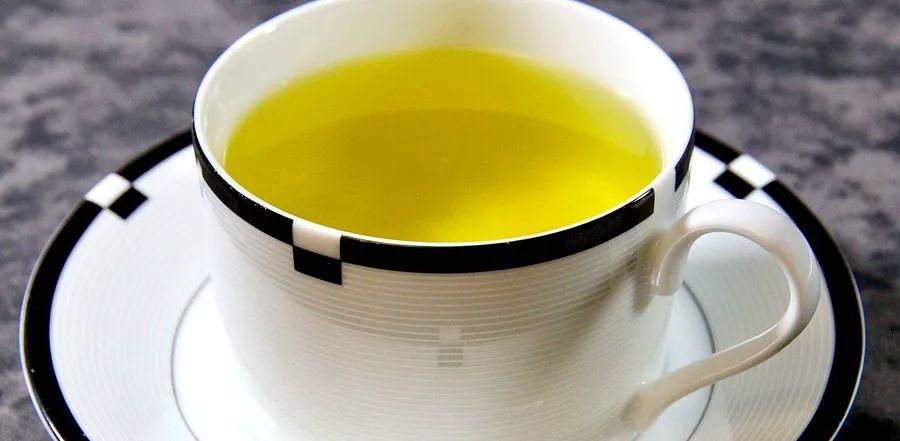Why Microwaving Your Tea is a Mistake

Tea is my ultimate comfort, whether it's after a long day or bad news—it's my little ray of sunshine in tough times. I have a soft spot for British culture, with their carefully designated tea breaks throughout the day.
As a Downton Abbey fan, I admire how tea is more than just a drink for them; it's an event, a ritual, always served to anyone who enters for a chat. But despite my admiration, I've often heated my water carelessly—using a kettle without checking the temperature, pouring it into my mug, and dropping in my teabag or tea ball.
Whether you're a tea enthusiast who swears by precise brewing or someone who couldn't care less about steeping temperatures and flavors, using a microwave to heat your water is simply unacceptable. Kettles are cheap and easy to find—doesn't it make more sense to use one instead of the microwave?
If you still think the microwave is the way to go, it's time to burst that bubble.
The Science Behind Brewing the Perfect Cup of Tea
With its different varieties, ideal temperatures, and steeping times, making tea can seem like a complicated process. But don’t be fooled—it’s not as complex as it sounds. The key factor is how you heat the water, which makes up most of your cup of tea. Using a microwave isn’t just a poor choice in theory; it's scientifically a bad one.
Here’s the breakdown:
For tea to brew properly, it needs to maintain an even temperature throughout the entire mug. This allows the flavors to fully extract from the tea bag into the water. A microwave, however, makes this impossible, since it doesn’t heat evenly. In fact, uniformity isn’t even in its playbook.
The microwave’s electric field heats the water from all sides, but rather than creating an even temperature, it results in water that’s much hotter on top than on the bottom. It’s like microwaved food that’s scalding on the outside but still cold in the middle.
In a kettle, water is heated from the bottom, creating convection. This means the warmer water rises while the cooler water sinks, ensuring the heat is evenly distributed throughout the water.
How Microwaving Affects the Flavor of Your Tea
The right water temperature for tea isn't just a matter of preference for your picky friend or coworker—it’s essential for getting the best flavor. Dried tea leaves need to expand and open up to release their full flavor. Water that's too hot can brew the tea too slowly.
If you're just going to microwave your water, you might as well skip the loose leaf tea altogether. It’s an expensive waste because the flavors won’t come out as they should. If you’ve never understood the appeal, now you know why.
Caffeine and polyphenols (the bitter compounds in tea) dissolve quickly in very hot water. If the water’s too hot, your tea will be overly bitter.
The Risks of Microwaving Your Tea
A cup of tea might not be lethal, but it can certainly cause some serious burns. Cups heated in the microwave are more dangerous. Not only can the cup itself be scorching, but the water inside is more likely to splash out and burn you when you move it, compared to just pouring it into a mug.
And don’t forget about superheated water. This occurs when the water reaches its boiling point in the microwave without forming the usual bubbles. But once you disturb the water—like by moving the mug or adding a tea bag—it can suddenly bubble over.
The Right Way to Brew Tea
Today’s kettles often come with built-in thermometers or preset settings for different types of tea, making it so easy that even the most reluctant tea maker will find it as simple as using an air fryer.
Most standard kettles start whistling at around 212°F, which is perfect for most teas—except green tea. I usually just wait for a gentle boil and turn it off a little before the whistle sounds.

1

2

3

4

5
Evaluation :
5/5